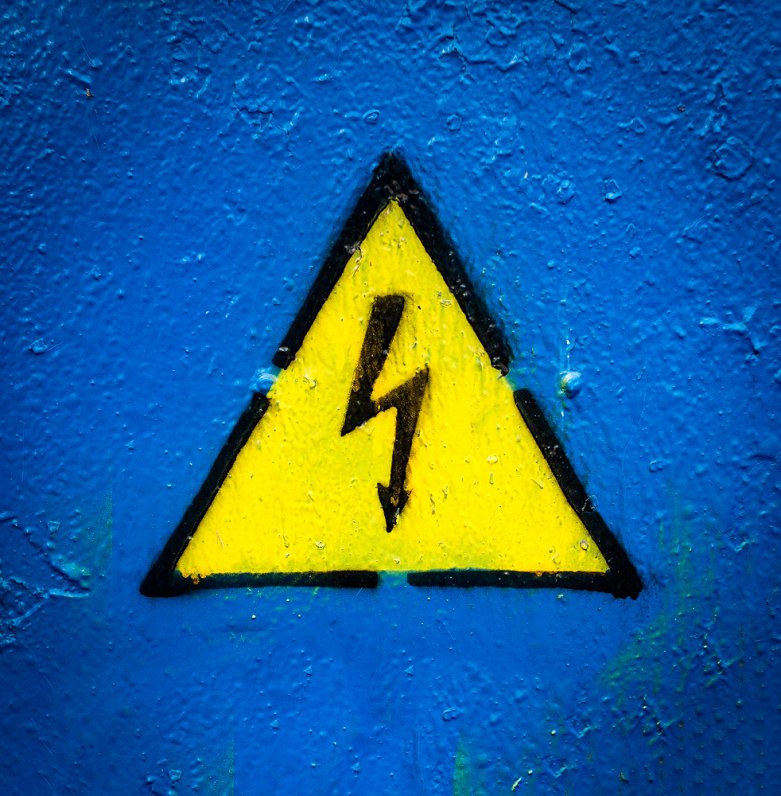The increase in the tariff has already been explained in advance by both the geopolitical situation and inflation.
For example, the increase in the distribution rates is mainly linked to previous optimization measures, including the reorganization of the company, which has not resulted in an increase in the distribution tariff in Latvia for seven years – since 2016. The tariff increases are also linked to the price on the market for which the operator buys electricity for the technological consumption of the undertaking and the maintenance of the system.
Last year, “High Voltage Network” (Augstsprieguma tīkls, AST) and “Distribution Network” (Sadales tīkls, ST) developed tariff projects. Initially the transmission rates were expected to grow 2.1 times but distribution rates by 75%. The government ordered the tariffs to be revised, followed by new, well-lower tariffs, namely the current tariffs.
However, the new tariffs also cause significant changes in electricity bills for some consumers.
For example, Rīga resident Maiga, who lives in Ziepniekkalns, contacted Latvian Radio. She lives in a 46-square-meter two-room apartment and has Elektrum connection. If Maiga paid a little over €21 per month for electricity usually, she must now pay just over €34.
But she's not the only one who's going to think about the new electricity bills.
On the social network site “X” (formerly Twitter), people publish both their received electricity bills and write about their outrage when they see new bills – for example, €11 for the electricity consumed and €41 for the distribution in the same bill.
Pirmais rēķins pēc @Sadalestikls tarifu izmaiņām. €11 par elektrību un €41 par sadales sistēmas pakalpojumu. Tas tiešām kādam šķiet normāli?!
— Līza Leimane (@leimanee) August 6, 2023
cc @SPRK_LV
The tariff changes are very individual, depending on the electricity consumed and the connection capacity. For apartments and detached residential houses, these changes will mostly be larger, especially those with more powerful connections. It is therefore important to assess the effectiveness of the connection by abandoning the unused connection capacity, thereby possibly allowing savings.
The electricity bill consists of three charges: electricity consumed, the distribution tariff, and value-added tax (VAT). The tariff shall consist of a fixed and variable part. In particular, electricity supply charges is the variable part of the tariff depending on consumption. Capacity maintenance fee is the fixed part of the tariff.






























